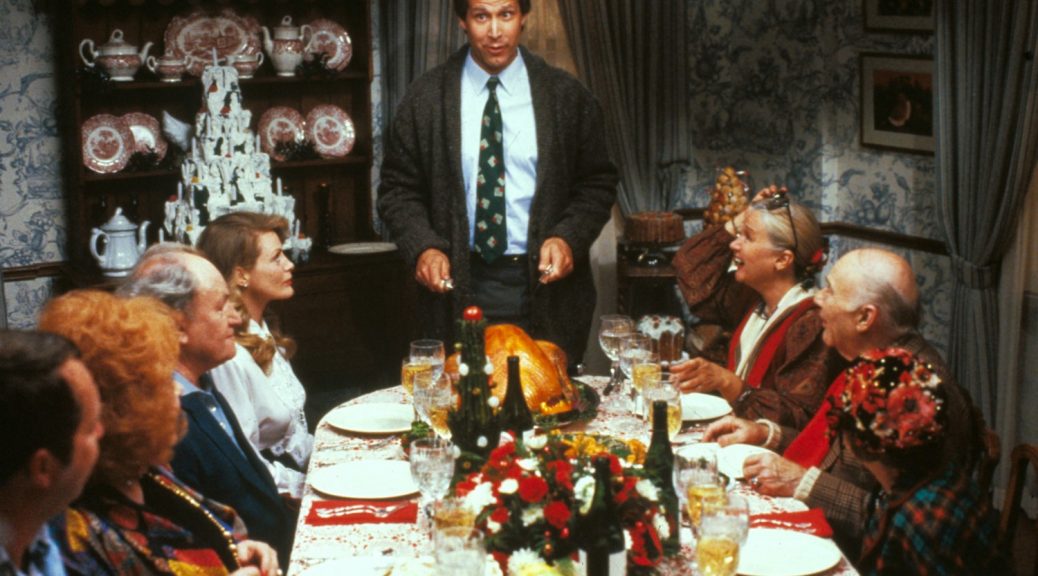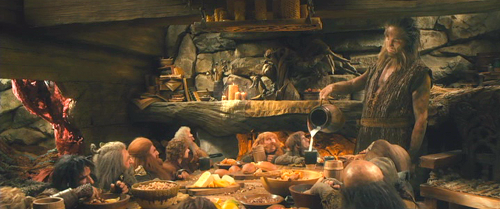
That Time My Therapist and I Talked About Eating
My therapist and I working on my relationship with food. We’re working on my relationship with food because, frankly, it has been a dysfunctional one for at least 20 years. For years, I was aware that I ate compulsively for a sense of comfort. It wasn’t uncommon for me to order a whole pizza and mozzarella sticks, then eat it in near masturbatory fashion. I inhaled food. And for as long as I can remember, I ate my food extremely fast. Whole courses disappeared minutes after they met my plate.
As I explained this phenomenon to Dr. P, he said “If you were truly eating for pleasure, you wouldn’t eat so fast. Do you taste your food?”
I can only recall one meal I truly savored, that I ate slowly and thankfully. I ate this meal at a convent for a retreat, and I ate it in total silence. I can’t tell you what I ate, but I can tell you it was the most pleasurable meal I have ever eaten.
Here is the irony of my food eating dysfunction: I eat compulsively as a soothing activity, yet I do not eat slow enough to experience the very pleasure I desire for the purpose of soothing.
Dr. P knows my profession, my education, and my faith. It is no secret to my therapist that I am an active, observant Christian. And it is no secret to me that he is not a person of faith in any regard. My therapist’s second question was “Does anything in your faith tradition prohibit you from taking pleasure in food?” I surprised myself with my emphatic “No,” I said, “In fact, it calls me to the exact opposite.”
There is one meal I eat slowly, and savor each week.
Each Sunday, I hear the priest say “Christ our Passover is sacrificed for us.” Then, with a multitude of others in one voice, I respond “Therefore let us keep the feast!” I walk to the front, kneel to received a white, near tasteless wafer, and I let that wafer rest in my mouth as I wait for a sip of wine (port no less!). I make the sign of the cross, stand, and savor the taste of that wafer and wine as I return to my. I let the taste of the Eucharist linger, wishing the sensation would never cease. At Dr. P’s question, I realized that I eat the holiest of meals, that served at the Communion table, as if it is the most perfect meal. I eat as if time stops, as if Christ wants me to rest and enjoy.
Such a way of eating is galaxies apart from how I often eat my day to day meals, meals that carry physical nourishment (save for the aforementioned pizza). I do not eat every meal as if it is a blessing or provision. I certainly do not eat each meal as if it is a taste of Heaven, a respite from the chaos of the world.
I forgot to mention Dr. P’s follow up question: “If you are eating so fast, where are you trying to go? What are you trying to do? Why the hurry?” Good question. I do not know.
There is an image present in many of the legends and myths of the ancient world in the western hemisphere. It is present in tales such as Beowulf and the Arthurian romances, and is echoed in the works of Tolkien. The image is the hearth. In many stories, the Hero arrives to the village or kingdom on his or her way to defeat a great evil, often some monster that plagues the population. The night brings chaos. Yet the chief or king welcomes the Hero to his hearth and fire, and there is feasting.

The image carries contrast: the darkness of night is full of cold and chaos. It is a space of danger and fear. But around the hearth, in the glow of firelight, the village rejoices and celebrates the guest. The darkness is forgotten, if only for a moment, and everyone eats and drinks without anxiety, without hurry. The hearth reflects hospitality to the traveler, and respite from the cold winds of the abyss and unknown. The Communion Table, with its invitation to come and receive nourishment and the hope of Christ, is much like the hearth which welcomes Beowulf, or Sir Galahad, or Bilbo Baggins.
“Give us this day our daily bread.” Every week, sometimes more than once, Christians around the world say these words as part of the Lord’s Prayer. As a person with plenty in the scheme of things (I do travel each week to a grocery store and choose my food), “daily bread” can be said and quickly forgotten. But to Jesus’ first century listeners (people who fished, baked, and bartered for their supper) giving thanks for daily bread was to acknowledge that each bite was a blessing that was not guaranteed to be there tomorrow. A meal eaten in thanksgiving is eaten in a way that lingers and savors.
What if I ate each meal as if it was the Eucharist? What if I chewed to taste and be thankful? What if I let each bite rest in my mouth because for the moment, the chaos and the anxieties of the world are set at bay by the hearth and table set by my God?
Several weeks ago, I ate two Thanksgiving dinners as my wife and I visited our families. I tried it. Did you know turkey could taste so juicy, or stuffing so rich, or pie so sweet?
The Psalmist sings that the Lord sets a table in the presence of the enemy. To eat, to give thanks, and to pray for daily bread, is to see each meal as Christ calling me to rest from the busyness of my day.